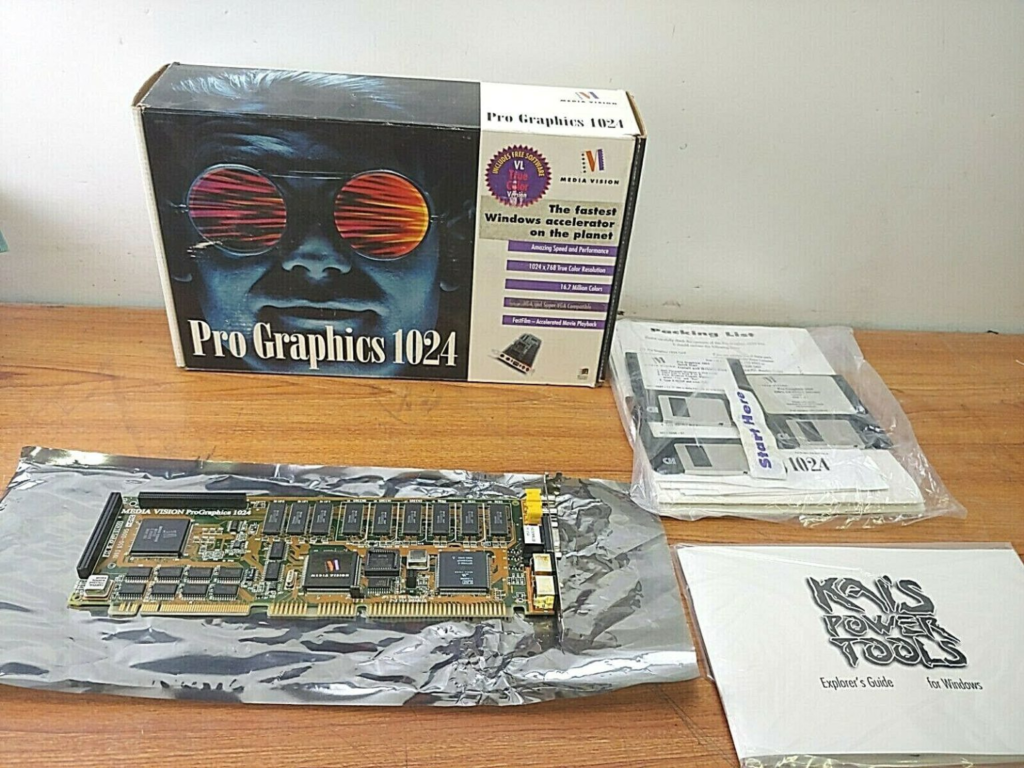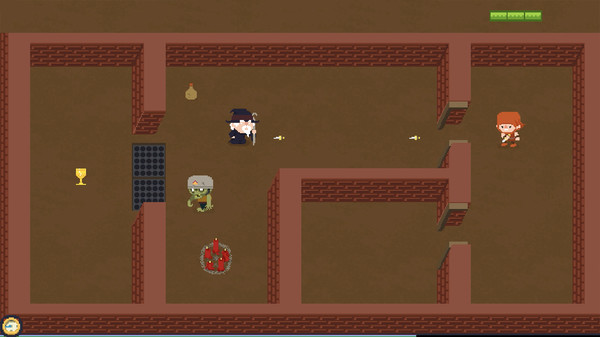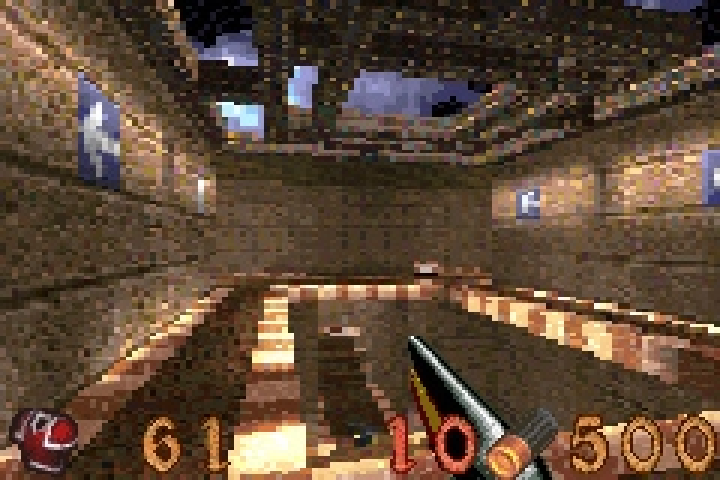That excellent blog The Digital Antiquarian has three posts so far in a history of 3D graphics, starting from the likes of Doom and Quake and so far going as far as 3DFX.
Part 1: Three Dimensions In Software (Or, Quake And Its Discontents):

“By the middle years of the decade, with the limitations of working with canned video clips becoming all too plain, interactive movies were beginning to look like a severe case of the emperor’s new clothes. The games industry therefore shifted its hopeful gaze to another approach, one that would prove a much more lasting transformation in the way games were made. This 3D Revolution did have one point of similarity with the mooted and then abandoned meeting of Silicon Valley and Hollywood: it too was driven by algorithms, implemented first in software and then in hardware.
It was different, however, in that the entire industry looked to one man to lead it into its algorithmic 3D future. That man’s name was John Carmack.”
Part 2: Three Dimensions In Hardware:

“Born in Salt Lake City in 1924, (Dave) Evans was a physicist by training and an electrical engineer by inclination, who found his way to the highest rungs of computing research by way of the aviation industry. By the early 1960s, he was at the University of California, Berkeley, where he did important work in the field of time-sharing, taking the first step toward the democratization of computing by making it possible for multiple people to use one of the ultra-expensive big computers of the day at the same time, each of them accessing it through a separate dumb terminal. During this same period, Evans befriended one Ivan Sutherland, who deserves perhaps more than any other person the title of Father of Computer Graphics as we know them today.”
Part 3: Software Meets Hardware:

“Among these, of course, was the tardy 3Dfx. The first Voodoo cards appeared late, seemingly hopelessly so: well into the fall of 1996. Nor did they have the prestige and distribution muscle of a partner like Creative Labs behind them: the first two Voodoo boards rather came from smaller firms by the names of Diamond and Orchid. They sold for $300, putting them well up at the pricey end of the market — and, unlike all of the competition’s cards, these required you to have another, 2D-graphics card in your computer as well. For all of these reasons, they seemed easy enough to dismiss as overpriced white elephants at first blush. But that impression lasted only until you got a look at them in action. The Voodoo cards came complete with a list of features that none of the competition could come close to matching in the aggregate: bilinear filtering, trilinear MIP-mapping, alpha blending, fog effects, accelerated light sources. If you don’t know what those terms mean, rest assured that they made games look better and play faster than anything else on the market. This was amply demonstrated by those first Voodoo boards’ pack-in title, an otherwise rather undistinguished, typical-of-its-time shooter called Hellbender. In its new incarnation, it suddenly looked stunning.”



